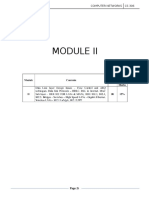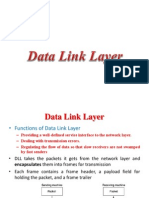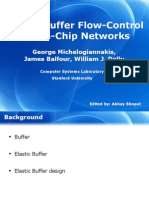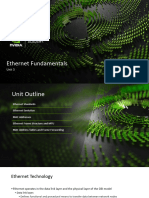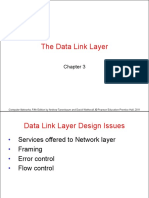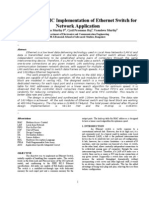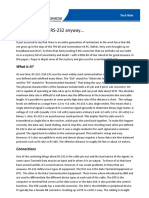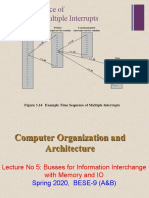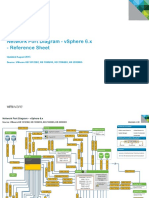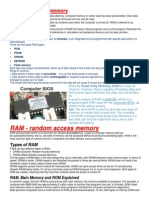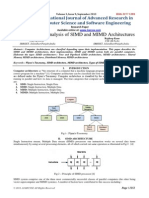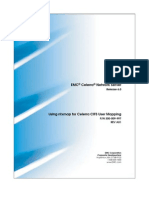0% found this document useful (0 votes)
152 views17 pagesData Link Layer
The data link layer provides services to the network layer such as virtual communication, error control, and flow control. It frames packets into frames for transmission and regulates data flow between fast and slow devices. It can provide unacknowledged connectionless, acknowledged connectionless, or acknowledged connection-oriented services depending on the reliability of the transmission medium. Framing is used to delineate frames and can involve techniques such as character counting, byte stuffing, or bit stuffing to ensure synchronization.
Uploaded by
ArunCopyright
© © All Rights Reserved
We take content rights seriously. If you suspect this is your content, claim it here.
Available Formats
Download as PPT, PDF, TXT or read online on Scribd
0% found this document useful (0 votes)
152 views17 pagesData Link Layer
The data link layer provides services to the network layer such as virtual communication, error control, and flow control. It frames packets into frames for transmission and regulates data flow between fast and slow devices. It can provide unacknowledged connectionless, acknowledged connectionless, or acknowledged connection-oriented services depending on the reliability of the transmission medium. Framing is used to delineate frames and can involve techniques such as character counting, byte stuffing, or bit stuffing to ensure synchronization.
Uploaded by
ArunCopyright
© © All Rights Reserved
We take content rights seriously. If you suspect this is your content, claim it here.
Available Formats
Download as PPT, PDF, TXT or read online on Scribd
/ 17


